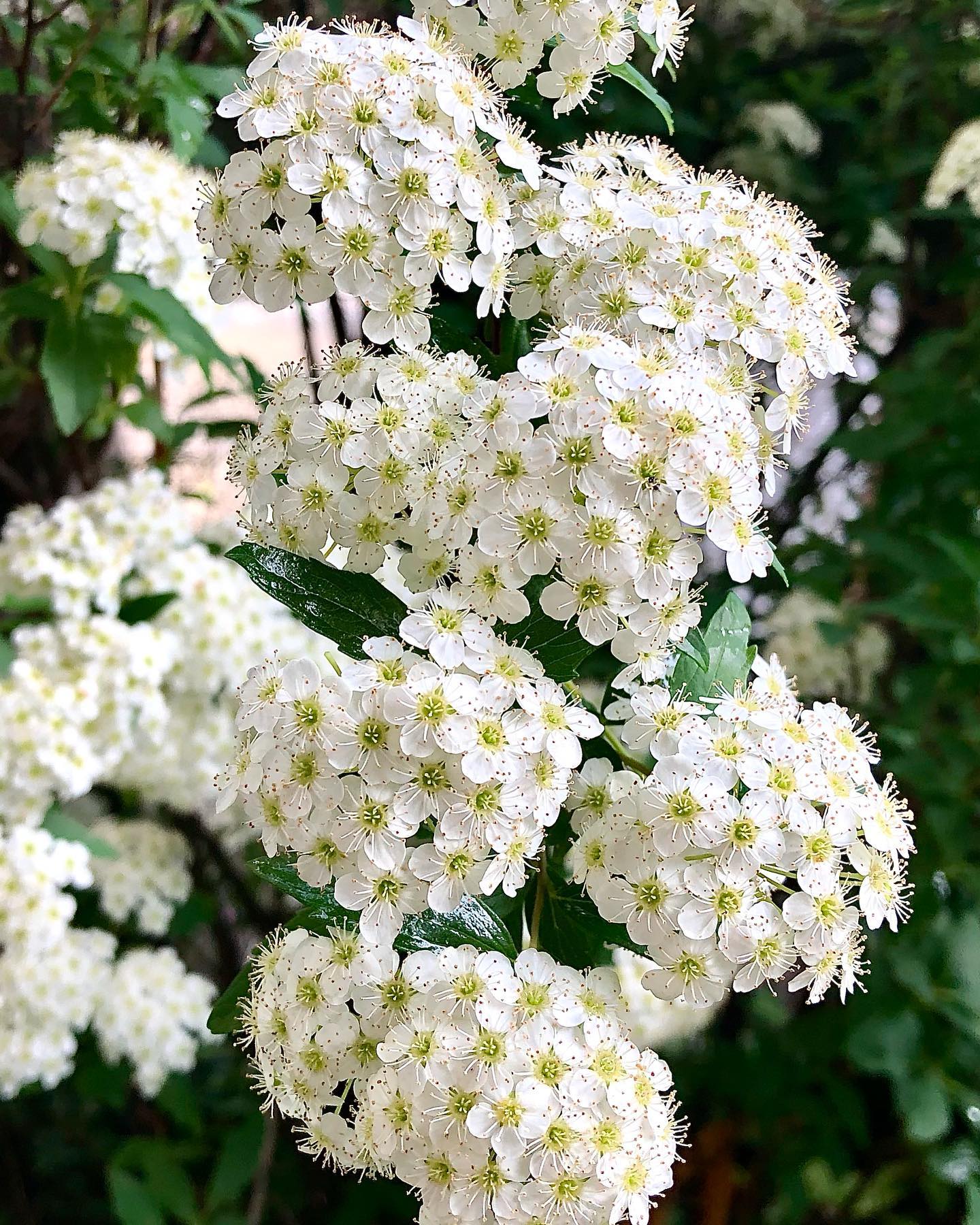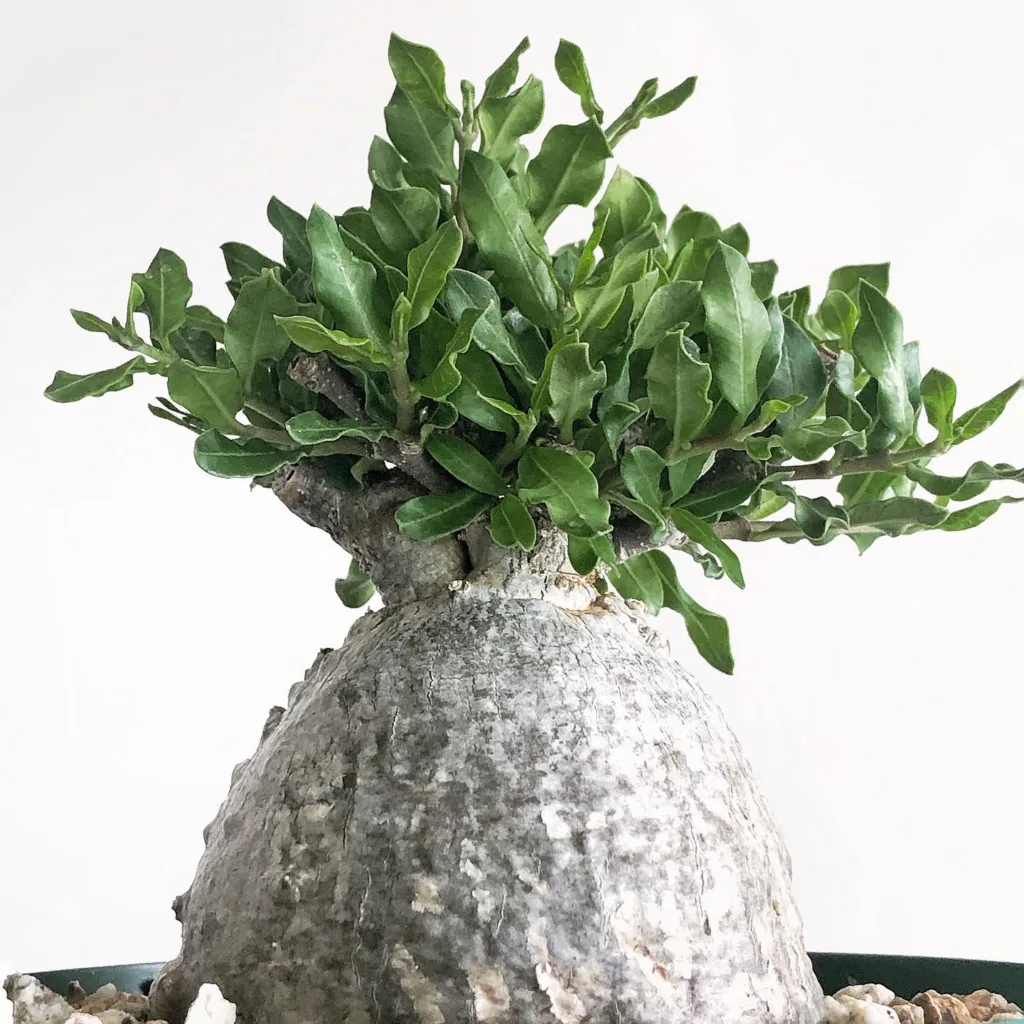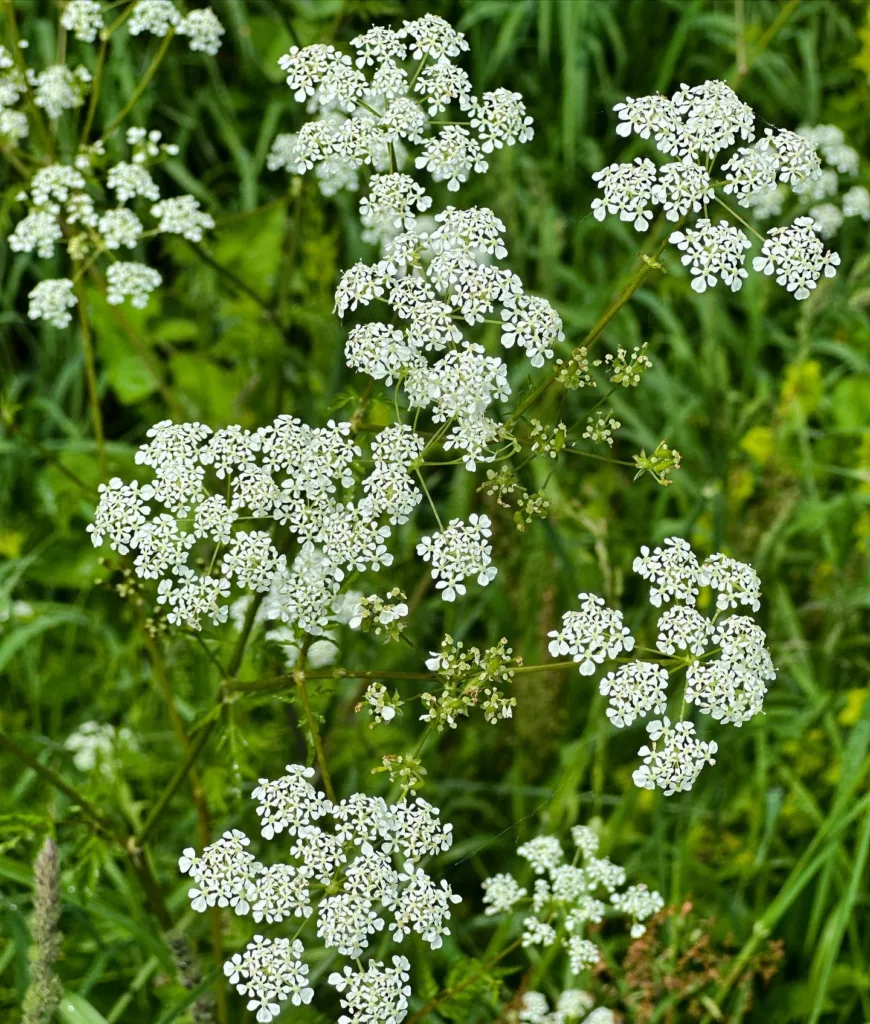Epimedium Rubrum: Your Ultimate FAQ Guide
Epimedium Rubrum, also known as Red Barrenwort, is a captivating perennial that has intrigued many gardeners and plant enthusiasts, including myself. Whether you’re just discovering this plant or looking to deepen your understanding, here are some frequently asked questions about Epimedium Rubrum, including its care, propagation, and more.
69 Species in Genus Epimedium – Barrenwort
What Is Epimedium Rubrum?
Epimedium Rubrum is a charming perennial that belongs to the Berberidaceae family. It is renowned for its attractive heart-shaped leaves and striking red flowers that bloom in early spring. This plant is native to China and Japan, where it thrives in shady, woodland areas. Its delicate flowers and evergreen foliage make it a favorite for adding color and texture to shaded garden spots.
Is Epimedium Rubrum Evergreen?
Yes, Epimedium Rubrum is indeed evergreen. Unlike many perennials that die back to the ground in winter, Epimedium Rubrum retains its foliage throughout the year. This evergreen quality ensures that your garden remains vibrant and full of interest even during the colder months. The leaves are typically dark green with a reddish tint, adding a touch of color even when other plants are dormant.
How to Care for Epimedium Rubrum?
Caring for Epimedium Rubrum is relatively straightforward, but there are a few key aspects to consider:
- Light Requirements: Epimedium Rubrum thrives in partial to full shade. It’s perfect for woodland gardens or shaded areas where other plants may struggle.
- Soil Conditions: This plant prefers well-drained, slightly acidic to neutral soil. It can tolerate a range of soil types but flourishes in loamy soil with good organic matter.
- Watering: Regular watering is essential, especially during dry spells. However, be cautious not to overwater, as Epimedium Rubrum does not like soggy soil.
- Fertilizing: A light application of a balanced fertilizer in early spring can help promote healthy growth and vibrant blooms.
- Pruning: You may need to trim back old leaves in late winter or early spring to make way for new growth. This helps keep the plant looking its best.
How to Propagate Epimedium Rubrum?
Propagation of Epimedium Rubrum can be done through division or seeds:
- Division: The most common method is by dividing established clumps. This is best done in early spring or late summer. Gently lift the clump, divide it into sections, and replant each section in a suitable location.
- Seeds: Although less common, you can also propagate Epimedium Rubrum from seeds. Sow the seeds in a cold frame or greenhouse in late winter. Be patient, as germination can be slow and may take several months.
What to Plant with Epimedium Rubrum?
Epimedium Rubrum pairs beautifully with other shade-loving plants. Consider planting it alongside:
- Hostas: Their large leaves and varied textures complement the delicate foliage of Epimedium Rubrum.
- Ferns: They add a lush, feathery contrast to the heart-shaped leaves of Epimedium Rubrum.
- Heucheras: Their colorful foliage provides a vibrant backdrop to the subtle beauty of Epimedium Rubrum.
Can You Grow Epimedium Rubrum Indoors?
Growing Epimedium Rubrum indoors is generally not recommended. It is best suited for outdoor gardens with shade. However, if you have a very bright indoor space with adequate humidity and cool temperatures, you might try growing it in a large pot. Just be aware that it may not thrive as well indoors as it does in its natural outdoor environment.
Is Epimedium Rubrum Toxic?
Epimedium Rubrum is not known to be toxic to humans or pets. However, it’s always a good idea to keep plants out of reach of small children and pets, just in case they might try to nibble on the leaves.
Benefits of Epimedium Rubrum
Epimedium Rubrum offers several benefits:
- Aesthetic Appeal: Its evergreen foliage and beautiful red flowers make it a year-round attraction in shaded gardens.
- Low Maintenance: Once established, it requires minimal care, making it ideal for low-maintenance gardens.
- Ground Cover: It serves as an excellent ground cover, helping to suppress weeds and add visual interest to shaded areas.
Common Problems with Epimedium Rubrum
While Epimedium Rubrum is relatively trouble-free, you might encounter a few issues:
- Pests: Look out for aphids and slugs, which can occasionally affect the plant. Regular monitoring and treatment can help manage these pests.
- Disease: Ensure good air circulation and avoid overhead watering to prevent fungal diseases.
Compare with Similar Plants
Epimedium Rubrum is often compared with other shade-loving perennials such as:
- Epimedium x Versicolor: This hybrid tends to have larger flowers and can be a bit more robust than Epimedium Rubrum.
- Bergenia: While Bergenia also offers evergreen foliage and shade tolerance, its leaves are larger and its flowers are typically pink or white.
In conclusion, Epimedium Rubrum is a delightful plant that adds beauty and interest to shaded gardens with its evergreen foliage and vibrant red flowers. With proper care and the right growing conditions, it can thrive and enhance your garden year-round. Whether you’re a seasoned gardener or a newcomer, Epimedium Rubrum is definitely worth considering for your shaded garden spaces.
If i die, water my plants!



